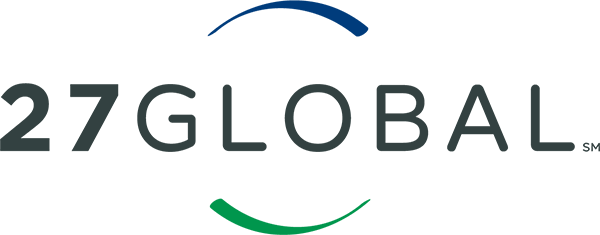In the realm of entertainment, streaming options have grown so dominant and retailers such as BestBuy have begun wholly exiting the physical media market. When it comes to physical hardware, Apple is attempting to convert its phone retail business into a subscription model.
This trend has become so prevalent, it has extended beyond technology industries: even companies like Taco Bell are asking their customers to sign up for a taco subscription. The motivation is clear from these firms’ perspectives. Converting one-off buyers to recurring customers not only often nets a greater margin in the long run, but also more immediately allows firms to better project future revenue, and where relevant, fundraise off of those projections.
Consumer Perspectives on Subscription Models
The benefit to consumers is more dubious, however. While there is no denying the convenience and possible cost savings involved in subscription pricing, the downsides of such a relationship from a consumer perspective are perhaps best conveyed by Danish Member of Parliament Ida Auken – who in an essay authored the now-internet-meme: “You’ll own nothing and be happy.”
Whether it’s repeatedly forgetting to cancel a service you no longer use, finding the service or its content has changed in a fundamental way, or the sober realization that you would actually have been fine with some 2018 build of software you’ve now paid three times the value of in monthly payments, many of these subscriptions inevitably fail on their original core competencies of cost savings, high availability, and constant improvement.
The Longevity of SaaS Subscription Models
Zooming out, it can be argued that economics of the SaaS industry have confounded conventional wisdom since the industry’s inception. In the typical lifecycle of an industry, given first-mover advantage and cash infusions, gross margins are often atypically high as the industry begins to mature.
As the industry matures and the typical features of the product or products solidify, firms entrench in preparation for competition to attack their margins. Typically, as industries mature – even in tech – margins tend to stabilize in the 20-40% range.
At the same time, mature SaaS companies have maintained average margins north of 70%. Even internal to the industry, the apparent sustainability of these margins seems to have come as a surprise.
The Rule of 40, conceptualized in 2015 specifically as a rule of thumb to gauge the health of SaaS startups, has largely and more broadly been relegated to the software industry given the astronomical margins in the SaaS space.
While it may be the case that SaaS as an industry deviates from the economics of not only the software industry, but industries in general, it must be more likely that the industry remains immature and ripe for someone to eat its lunch.
Economic Impact of LLMs on SaaS
Like blockchain before it, Machine Learning (ML) – specifically Large Language Models (LLMs) – have taken not only our industry, but also our culture’s imagination by storm. Despite many of the successful demos and marketable products already available to the public, they are marred by issues of hallucination, degrading quality, and serious intellectual property questions – raising questions about the long-term value of the apparent breakthroughs that dominated 2023.On the other hand, the value of ML products in the realm of engineering aides may be on more solid ground – with some studies demonstrating a more than 50% increase in throughput when engineers use GitHub’s Copilot, and others showing LLMs are the best code inspection tool around.
SaaS firms would do well to recognize that as much as they’ve enjoyed a transition from perpetual to license-based pricing, their enterprise customers prefer fixed costs to variable costs – or capital expenditures to operational expenditures. The cost savings involved in switching from fixed to variable costs must be overwhelming, as we’ve so far seen in the SaaS industry’s dominance.
Will LLMs Make In-House Software Development Cheaper?
Now, let’s presume for a moment that many of the promises of, for example GitHub’s Copilot, pan out. Rolling this out to an engineering staff could, on its own, reduce the variable cost of software development – and therefore custom software – by at least 50%.
Should peripheral gains around quality and accuracy also prove true, this may even be an underestimate. Given such a substantial change in the economics of in-house development, enterprise leaders in IT must reassess their disposition towards SaaS platforms.
With surveys showing medium and large companies estimating their license costs for engineers can exceed five figures per engineer per year, the economic pressures in this direction are already compelling.
Consumer Perspectives on Subscription Models: Advantages & Disadvantages |
||
|---|---|---|
TRADITIONAL PURCHASING ADVANTAGES |
||
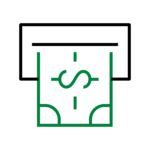 |
One-Time Payment: A one-time payment for software licenses can be more cost effective in the long term for certain products. Consumers aren’t tied to ongoing subscription fees and can use the software indefinitely without additional payments. | |
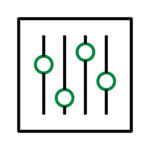 |
Greater Control: Consumers have more control over the software environment, including customization, integration with other systems, and data management. |
|
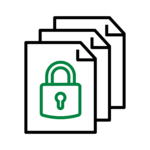 |
Data Control: Consumers have full control over where their data is stored and how it’s managed, reducing concerns about data privacy and security. |
|
TRADITIONAL PURCHASING DISADVANTAGES |
||
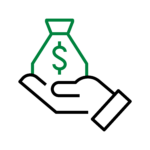 |
Higher Upfront Cost: Traditional software licenses typically require a higher initial investment compared to SaaS subscriptions. |
|
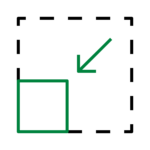 |
Limited Scalability: Scaling traditional software often requires purchasing additional licenses or hardware, which can be costly and complex. |
|
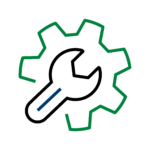 |
Maintenance Overhead: Consumers are responsible for maintaining and updating traditional software, which can consume time and resources. |
|
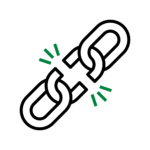 |
Compatibility Issues: Upgrading or integrating traditional software with other systems may lead to compatibility issues or require additional customization. |
|
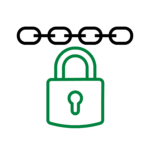 |
Less Flexibility: Traditional software may lack the flexibility and accessibility of SaaS applications, particularly in terms of remote access and collaboration. | |
SUBSCRIPTION MODELS ADVANTAGES |
||
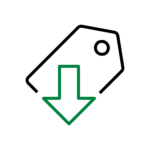 |
Lower Initial Cost: SaaS typically involves lower upfront costs as consumers pay a subscription fee rather than purchasing software outright. | |
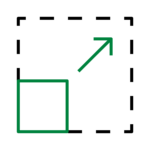 |
Scalability: SaaS allows consumers to easily scale their usage up or down according to their needs, often without additional infrastructure or hardware costs. | |
 |
Accessibility: SaaS applications are usually accessible via the internet from any device, providing flexibility and convenience for users. |
|
 |
Automatic Updates: SaaS providers typically handle updates and maintenance, ensuring consumers have access to the latest features and security patches without additional effort. |
|
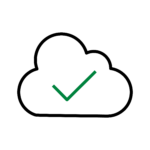 |
Reduced IT Burden: With SaaS, consumers don’t need to worry about managing servers, backups, or software updates, reducing the burden on internal IT teams. |
|
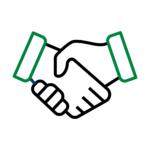 |
Easy Collaboration: SaaS applications often facilitate collaboration among users, enabling real-time sharing and editing of documents or projects. |
|
SUBSCRIPTION MODEL DISADVANTAGES |
||
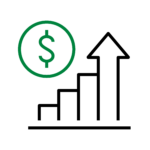 |
Long-term Cost: While the initial cost may be lower, over time, subscription fees can accumulate and surpass the cost of traditional software licenses. |
|
 |
Data Security Concerns: Storing data on third-party servers raises concerns about data security and privacy, especially for sensitive information. |
|
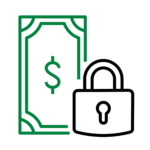 |
Vendor Lock-In: Switching away from a SaaS provider can be challenging due to data portability issues and reliance on proprietary formats or integrations. |
|
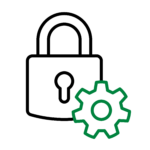 |
Customization Limitations: SaaS applications may have limitations in terms of customization compared to traditional software, which can be tailored to specific needs. |
|
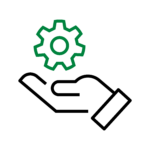 |
Potential Downtime: Reliance on the SaaS provider’s infrastructure means consumers are vulnerable to downtime or service disruptions, impacting productivity. |
|
Purchase SaaS or Custom Software Services: 2023 vs. 2025
Consider the following scenario: You are the head of a medium to large enterprise IT organization. You have to decide whether to purchase a no code or low code SaaS, which may end up being its own software project – or to build a custom software solution.
If you build custom, you might experience some of the pains of in-house development.
If you choose to instead license SaaS platforms, for each SaaS platform you purchase, not only may you be unable to rid yourself of the variable costs in implementing such a solution, but you are also increasing your variable costs in both consumer and contributor licenses.
What do you do?
In 2023, the answer seemed clear as IT leaders overwhelmingly selected SaaS options.
Now consider a future where development costs have halved thanks to LLMs, and you can convert your variable SaaS spend to a fixed custom build spend, and eliminate thousands in license waste. Now what do you choose?
27Global is an AWS Advanced Tier Services Partner and a Microsoft Solutions Partner in Digital & App Innovation, with experience serving SaaS clients like Pepper, Twinify, Epilogue Systems, and more. Explore our work, then contact us to learn how we can partner.

Daniel Melzer is a Consulting Manager at 27Global’s Kansas City office. He has worked with 27G since 2020 with a primary focus on Enterprise solutions. Previously, Daniel worked as a software engineer with specialties in embedded software, Internet of Things, medical research, and artificial intelligence/machine learning.
